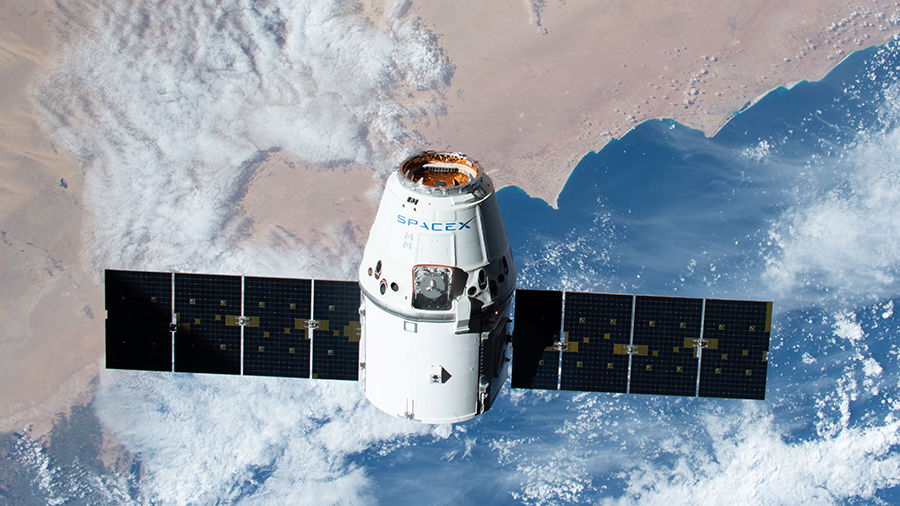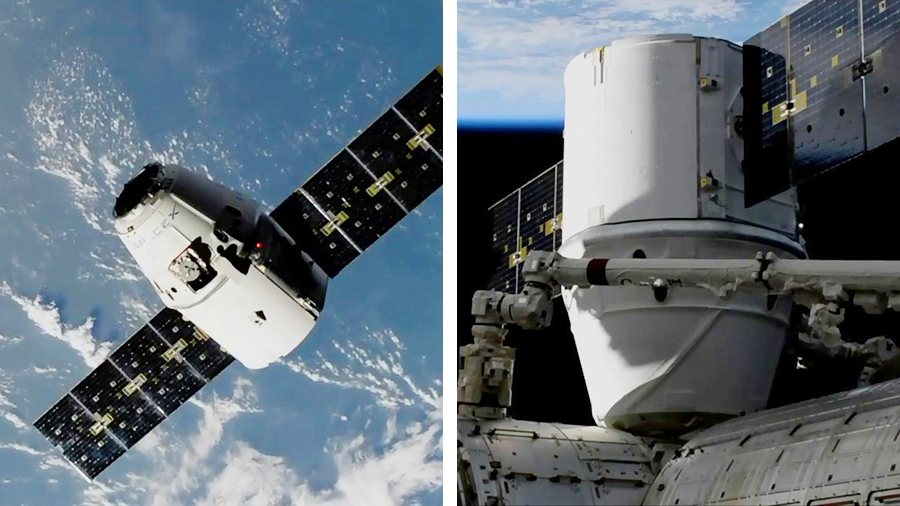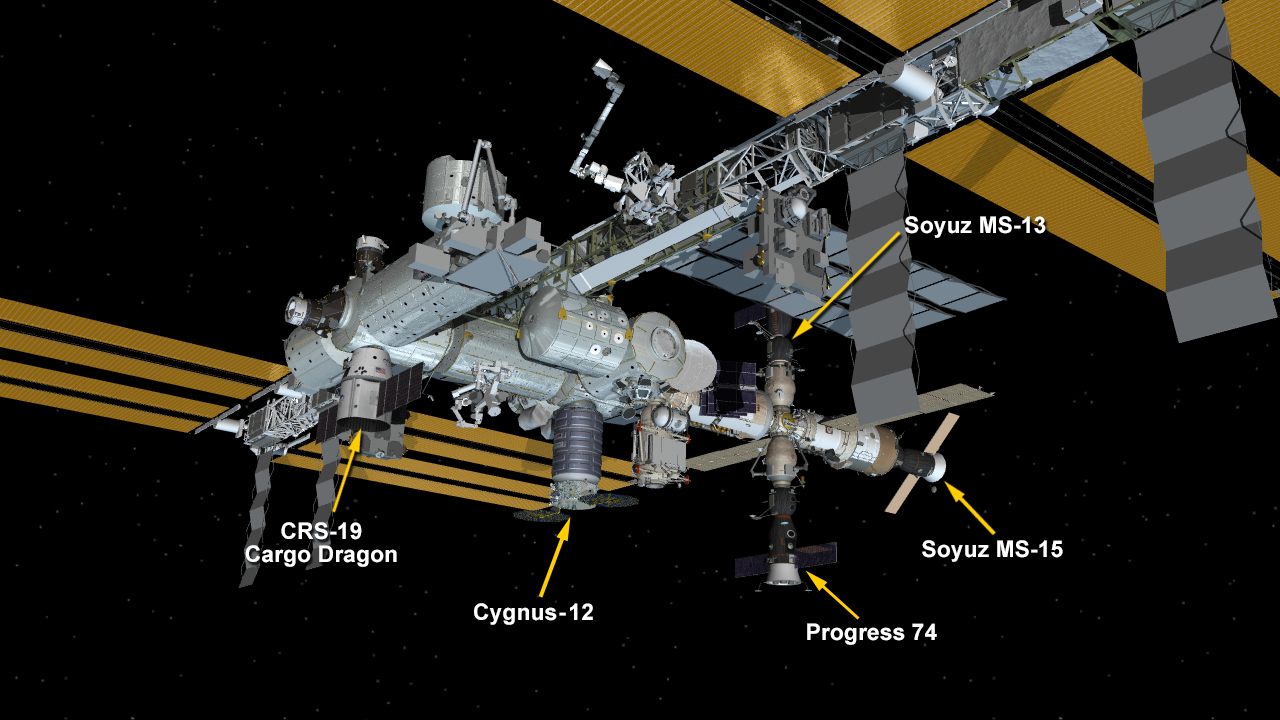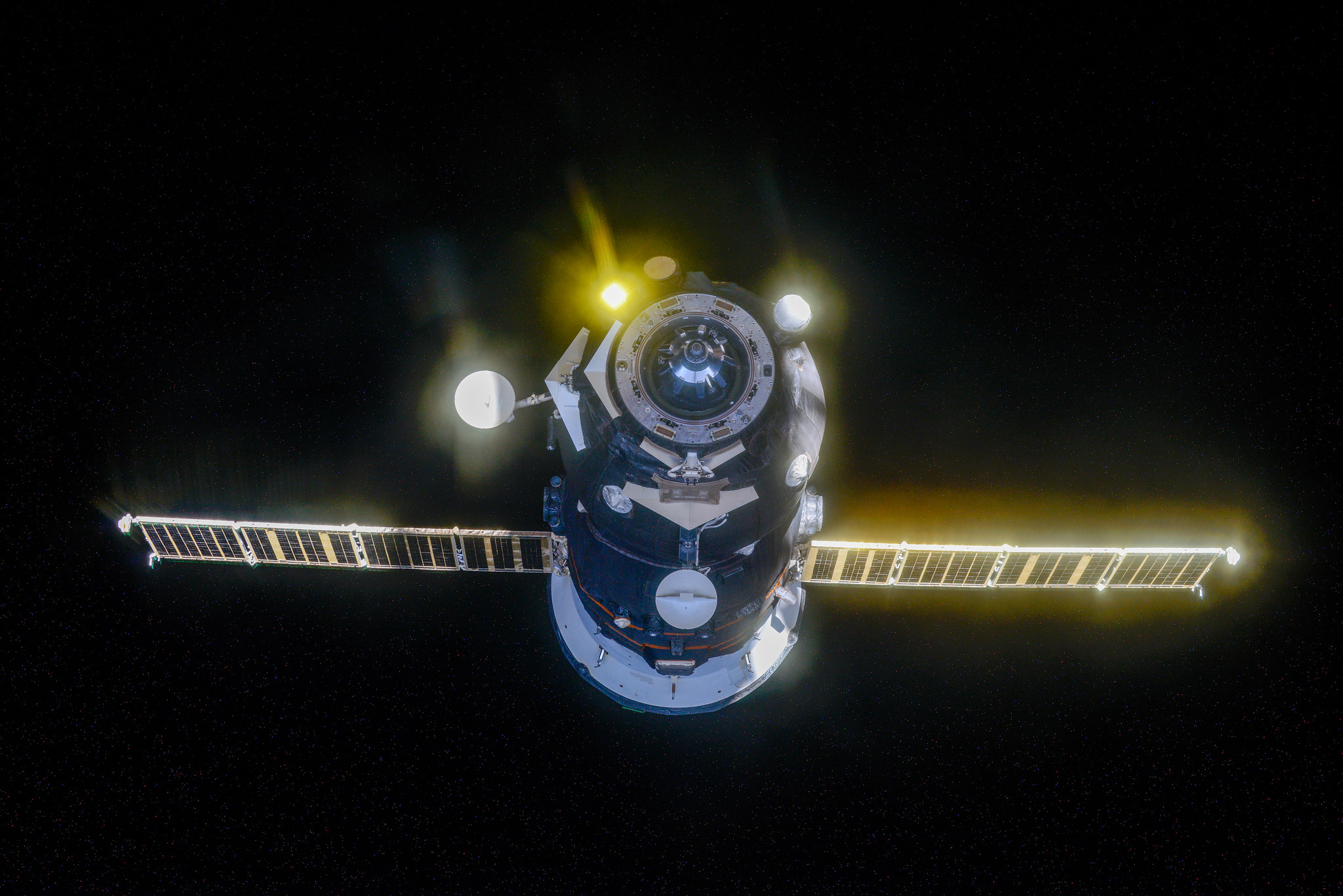Advanced Biology Research Taking Place on Station Today

Advanced space research is in full gear aboard the International Space Station today. The Expedition 61 crew is activating new science gear and continuing long-running experiments to benefit humans on and off the Earth.
Rodents delivered aboard the SpaceX Dragon resupply ship are now being housed inside the U.S. Destiny laboratory module. They are being studied for ways to prevent muscle and bone loss in microgravity. NASA astronauts Jessica Meir and Andrew Morgan have been setting up the habitats and stocking them with food and water to support the mice.
A specialized 3-D printer aboard the orbiting lab is testing printing cellular structures in space due to the detrimental effects of Earth’s gravity. NASA Flight Engineer Christina Koch has been operating the Bio-Fabrication Facility this week using “bio-inks” with more success than on the ground. The device is dedicated to manufacturing human organs, producing food and personalizing pharmaceuticals.
Koch and Meir also partnered together today to set up and calibrate a new bone densitometer in Japan’s Kibo lab module. The biology research gear will measure and image bone density in the mice living aboard the station.
Morgan and Commander Luca Parmitano are participating this week in a pair of motion coordination experiments sponsored by the European Space Agency. In the first study, the astronauts are exploring how weightlessness affects gripping and manipulating objects with implications for exploring planetary bodies. The second investigation explores how the brain adapts to the lack of traditional up-and-down cues in space.
Cosmonaut Oleg Skripochka continues to unload the nearly three tons of cargo just delivered on the Progress 74 cargo craft. Russian Flight Engineer Alexander Skvortsov attached a sensor to himself to measure his cardiac activity before spending the rest of the day on lab maintenance.
Mark Garcia
Powered by WPeMatico







